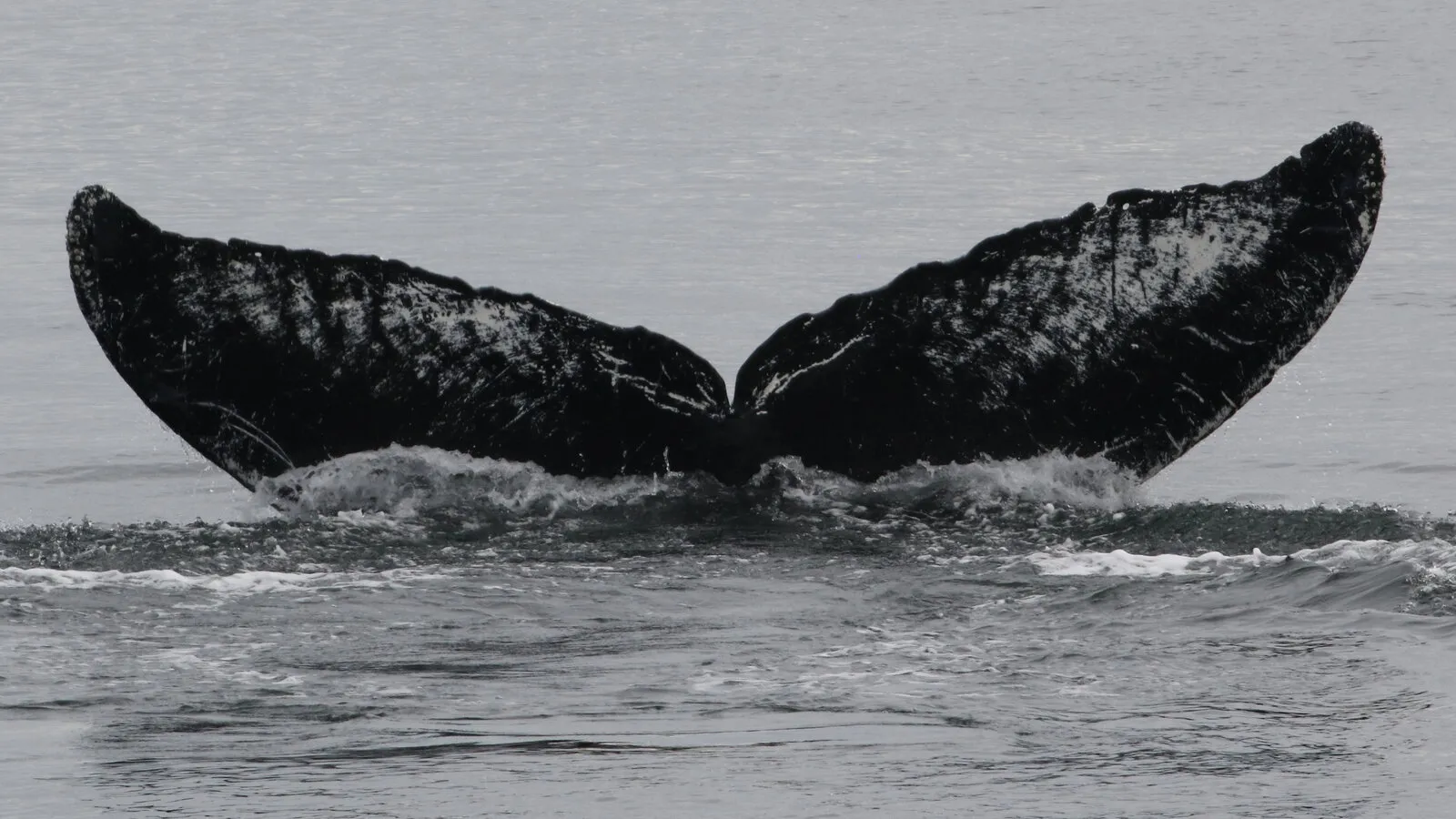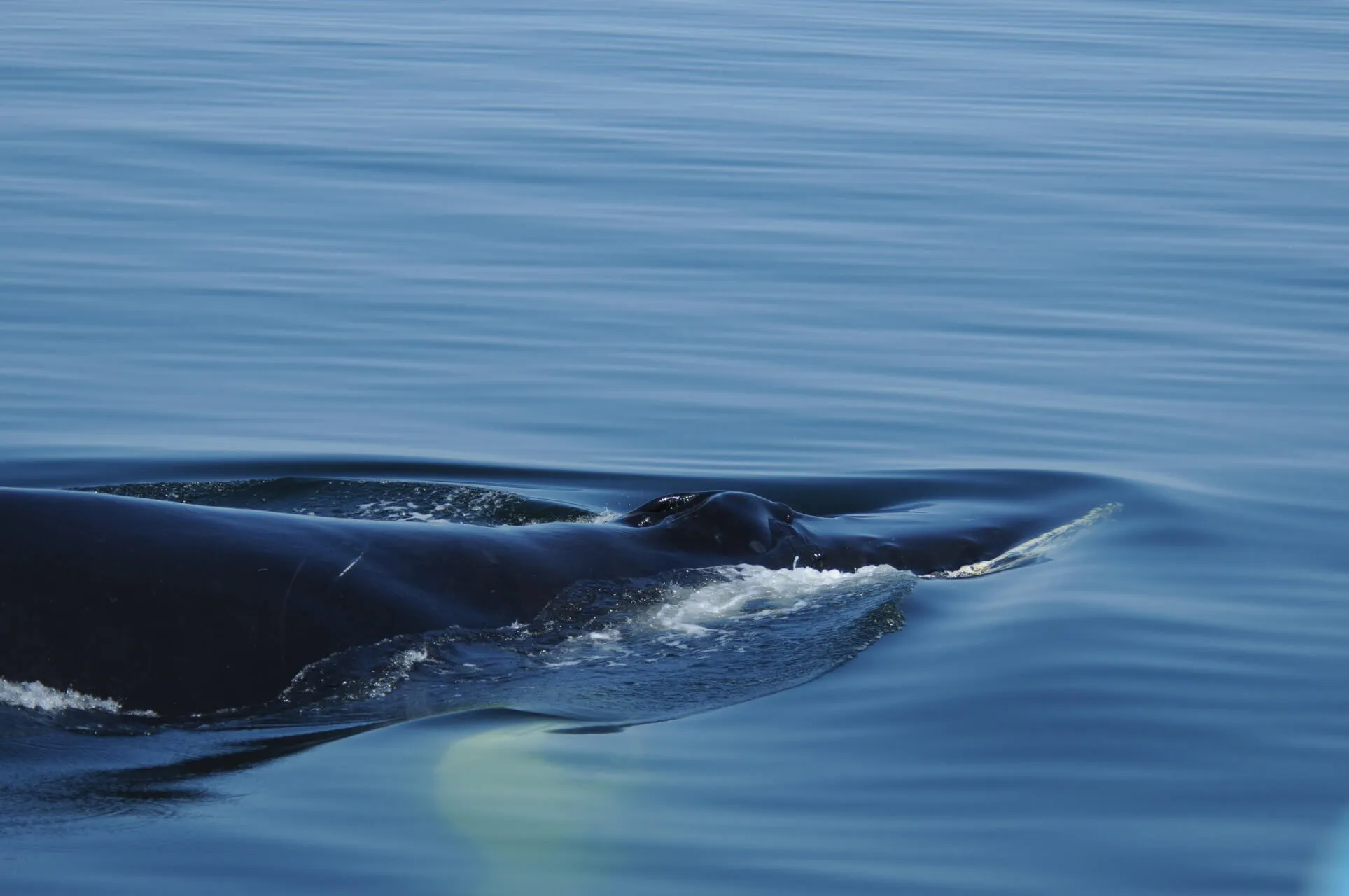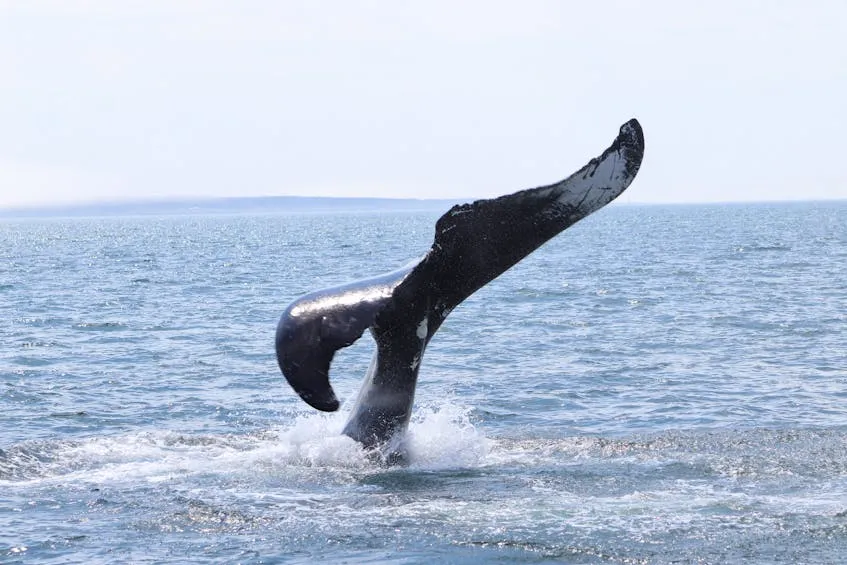
Old Timer: The World’s Oldest Humpback Whale Survives Against All Odds
Old Timer, the oldest known humpback whale, was first photographed in 1972 and was recently spotted in Alaska, showcasing the incredible resilience of this majestic creature.
Discovered in Frederick Sound, Alaska, last month, Old Timer is now at least 53 years old, making him the oldest humpback whale on record, according to Adam A. Pack, a marine mammal researcher at the University of Hawaii at Hilo. The whale’s distinctive black tail with white spots near the edges helped Pack identify him from a previous photograph. Old Timer’s longevity is remarkable, given that humpback whales are typically known to live up to 50 years.
Humpback whale populations, once severely depleted by commercial whaling, have been recovering over recent decades. However, these magnificent creatures face ongoing threats from ship strikes, entanglement in fishing gear, and climate change. Pack, who last saw Old Timer in 2015 during an unprecedented heatwave that resulted in mass deaths among marine animals, is concerned about the whale’s continued survival.

Tracking humpback whales is a challenging task, often relying on comparing new photographs of their unique tail flukes with historical images. Future research on Old Timer and other humpback whales will be enhanced by artificial intelligence. Pack hopes that AI will help uncover how certain whales, like Old Timer, endure extreme conditions and what factors contribute to their resilience.
Old Timer is part of a North Pacific humpback whale population that migrates between breeding grounds in Hawaiian waters and feeding areas in southeastern Alaska. This migratory pattern is crucial for their survival, as they consume large quantities of fish and krill during the summer months. The study of these whales began in 1976 with Louis Herman’s photographic research, which has since grown to over 30,000 images, offering valuable insights into their migration patterns and social behaviors.
The research on humpback whales is now entering a new phase with the help of the Happywhale platform, which collects and catalogs whale tail images from around the globe. Happywhale’s database currently includes about 1.1 million photos of over 100,000 humpback whales. Ted Cheeseman, co-founder of Happywhale and a PhD candidate at Southern Cross University in Australia, notes that AI-powered image recognition algorithms are crucial for tracking individual whales and understanding their population dynamics.
Earlier this year, Cheeseman, Pack, and other researchers used Happywhale’s image recognition tools to estimate the population of humpback whales in the North Pacific from 2002 to 2021. While the population initially surged to approximately 33,500 in 2012, it later declined sharply, coinciding with the heatwave that Pack observed in 2015. The heatwave, which lasted from 2014 to 2016, drastically reduced fish and krill supplies, impacting the Hawaiian population of humpback whales particularly hard, with a 34% decrease from 2013 to 2021.

Pack is eager to explore why Old Timer, unlike many other whales, has survived these challenging conditions. With the aid of Happywhale, he hopes to determine how Old Timer managed to adapt to limited food resources and how many other whales share his resilience. “Perhaps Old Timer has lived long enough to adapt to changing conditions. How many whales like Old Timer are resilient to such severe ocean resource depletion?” Pack reflects.
Old Timer’s continued existence not only highlights the remarkable endurance of individual whales but also underscores the importance of ongoing research and conservation efforts to protect these iconic marine giants.



